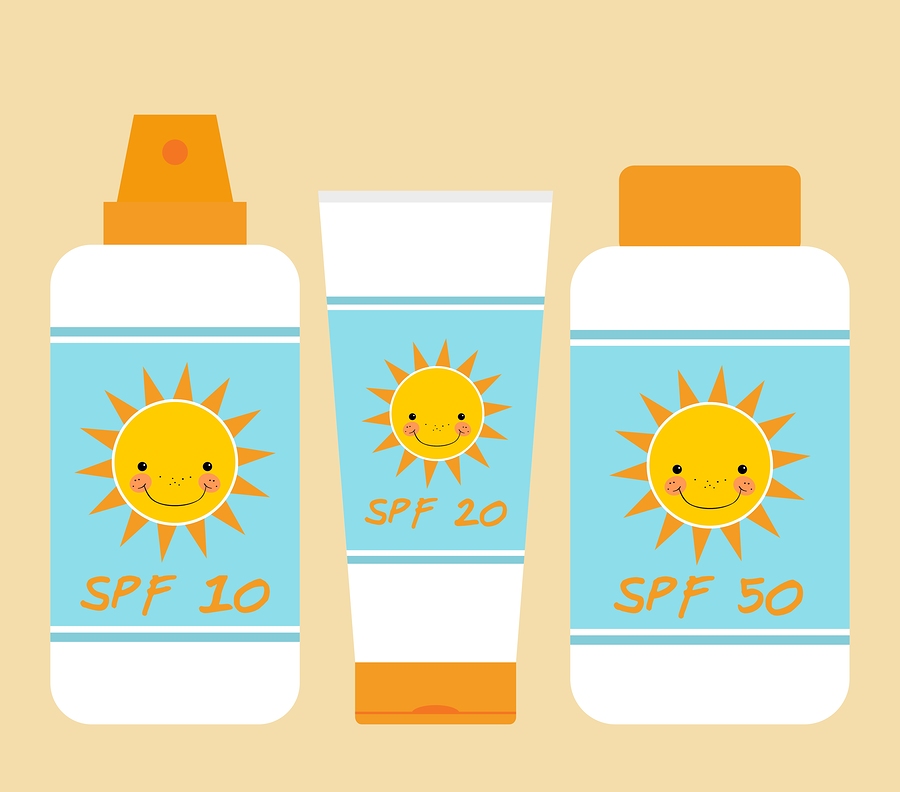One of the more common childhood complaints we get in clinic has to do with ear pain. In fact, when I was little and dreamed about being a pediatrician, I always pictured myself treating children’s ear infections! That dream worked out pretty well for me!
At some point of your child’s life, there’s a good chance they too will complain of ear pain (medically known as “otalgia”). While middle/inner ear infections (otherwise known as “otitis media”) are the most commonly thought of problem causing ear pain, there are a lot of other things that could also be the culprit. Here’s some common ear ailments other than your typical ear infection that present to us and how you might be able to spot them…everyone, “all ears?”
Teething
- Babies starting at age 4 to 6 months up until around 2 years old are getting their first set of teeth. Many times, the pressure and swelling from incoming teeth can be referred to the ears. You baby may be tugging on their ears a lot but not necessarily have a lot of other symptoms. This ear tugging may be solely from teething!
Congestion
- When we get a cold, or upper respiratory infection, congestion is one of the more common symptoms. Since our ears, nose, mouth and throat are all essentially connected, congestion in one area can lead to congestion in another. So if your child is fighting off a cold and feels pressure in their ears, it may be from congestion. This is similar to the pain/pressure you might feel when flying on an airplane. Incidentally, ear infections are also a common secondary infection during or after the tail end of a cold. So if that ear pressure or pain changes, gets worse, or is associated with fever, having your child seen to diagnose a possible secondary ear infection would be smart.
- Swimmer’s ear is the common name for what we call “otitis externa” – an outer ear infection located in the ear canal. This type of ear pain tends to be seen after a child has been swimming a lot or has been exposed to water more than usual. Usually water that gets in the outer ear canal (when showering or bathing for example) dries on its own and doesn’t cause much problem. When there is excess water in the outer ear canal, that extra dampness sticks around and makes a great environment for bacteria to grow. This can create an outer ear infection. This type of infection usually presents with pain when moving the external ear (the pinna), sleeping on the ear or other movement that involves the outer ear canal. This infection does usually require an antibiotic ear drop and should be evaluated and treated by your child’s doctor. There is an over the counter product that helps dry out the outer ear canal and can be used in children doing a lot of swimming. Make sure to check with your doctor to make sure it is alright to use – it should not be used if your child has had ear tubes placed, for example.
Foreign body
- Believe it or not, I’ve found some odd things in ears…beads and Barbie shoes are a couple of my funniest finds. If your child is complaining of ear pain without any other symptoms, a foreign body is a possibility. You want to make sure to have your child seen by their doctor right away if you suspect an object might have been placed in the ear. Removal of that object is necessary to prevent further trauma.
Excess ear wax
- Occasionally ear pain or pressure can be caused by excess ear wax (medically known as “cerumen”) occluding the ear canal. Many times this is accompanied by a complaint of hearing changes as well. While it might seem smart to try and clean the ear canal yourself, it is never smart to use cotton swabs (or “q-tips”) in the inner ear. All this does is push ear wax further in the canal making it more likely to get clogged and increasing your chances of traumatizing the ear canal or ear drum. This complaint should be evaluated by a medical team for possible ear flushing to dislodge excess ear wax. You can also use an over the counter product called “Debrox” to help soften the ear wax and help it come out easier on its own or during a flushing.
Lastly, a word on ear cleaning. Many parents will ask how often or how to clean their child’s ear. I usually tell people that the ear is like a self-cleaning oven – there really isn’t a lot you need to do. Have your child wipe clean the outer ear with cotton balls or washcloths on a regular basis during baths/showers. The ear canal itself doesn’t need regular cleaning and should be dried with a washcloth, externally only, after bathing. Ear wax is produced as a protective coating for the ear and should typically be left alone – the old saying, “you should never stick anything smaller than your elbow in your ear” is pretty true! The more you try to take out ear wax, the more the body produces which can lead to a cycle of excess ear wax production and further problems. Let water run in and out of the ear during baths to flush out lose/dislodged particles and leave the rest to your body to push out when it is ready.
As always, if you aren’t sure what your child’s ear tugging, pain or pressure is caused by, give your doctor’s office a call. We’ll always be happy to take a look in the ears and answer any questions you might have. Thanks for reading!









Very helpful info as my child is starting to teeth!